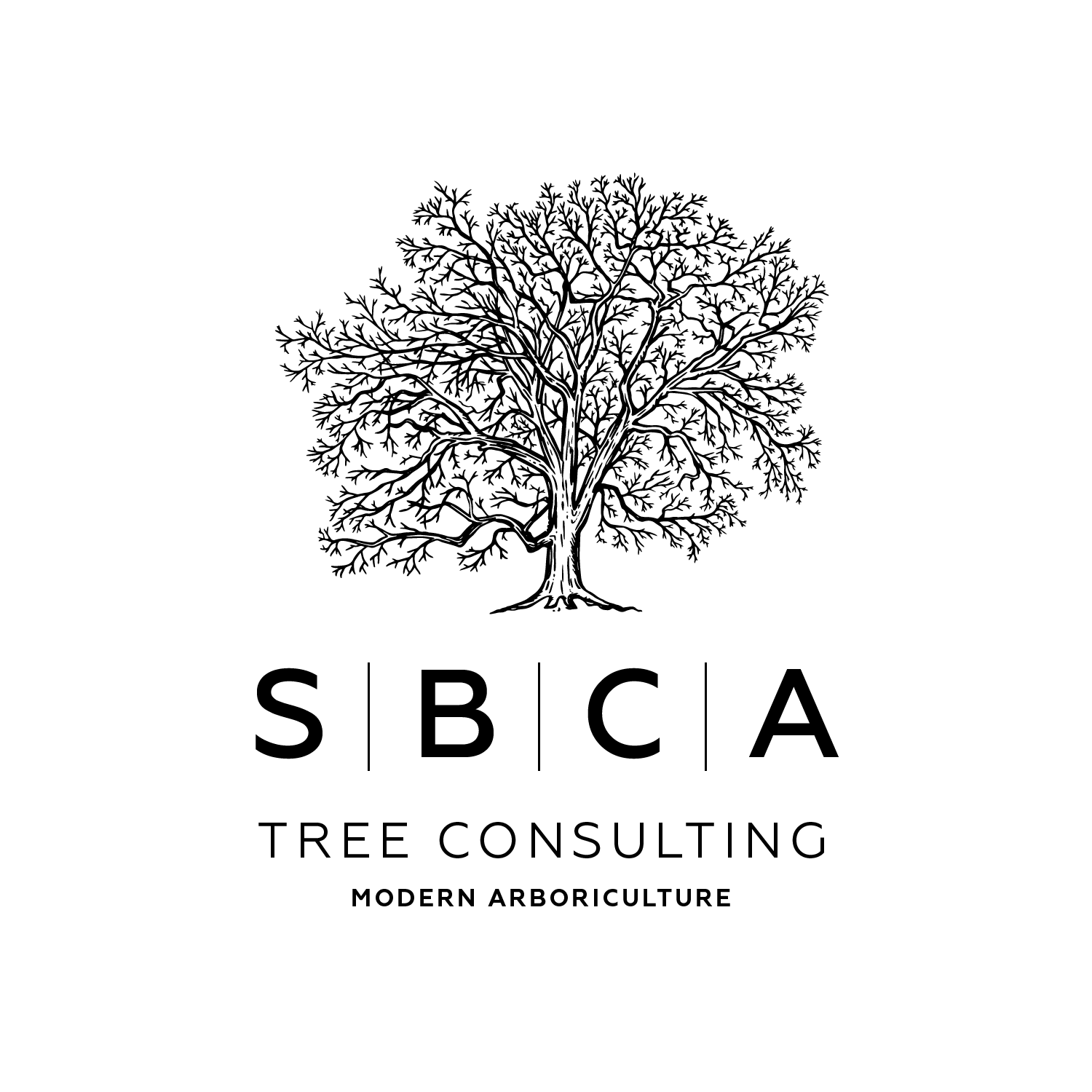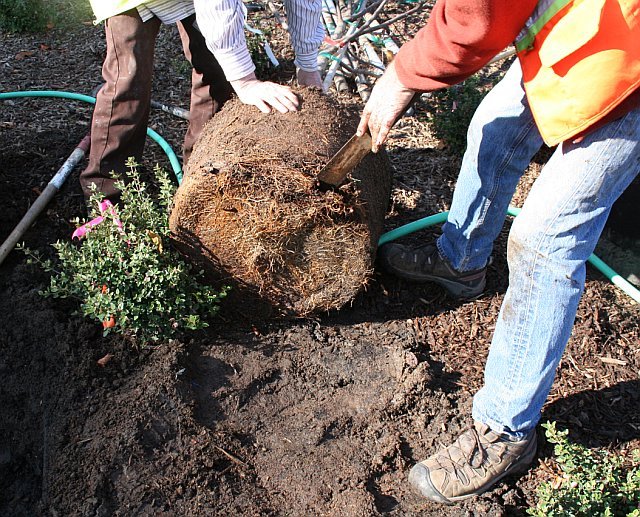How to plant a tree
Casual observation of street trees reveals many of the common problems communities are faced with today: lack of tree vigor, structural defects, decay, uplifted pavement, wounds caused by vehicles, diseases and infections from pathogens. The reasons for most of these problems can be traced back to insufficient planting site preparation, mistakes made in species selection, or lack of proper early care.
Site Analysis
SITE ANALYSIS is a procedure by which the limitations to healthy tree growth are identified. Different tree species have different limitations regarding sun and wind exposure, as well as space requirements for canopy and root development. Limitations in the soil environment result from restricted volumes due to compaction, soil moisture and soil chemistry. When the necessary information is known about a site, a tree species can be chosen with compatible tolerances for the site's limitations. When soil compaction limits soil volume, the easiest mitigation is to excavate additional soil surrounding the planting site to create a volume commiserate with the long term needs of the tree.
Visit the Urban Forest Ecosystem Institute website and use the SelecTree program for descriptions of species' qualities. If you are not personally familiar with a species, it is always advisable to seek the opinion of a knowledgeable nursery person or arborist.
Click Here to download a Worksheet that will help guide you in the process of Site Analysis:Casual Observation of Street Trees reveals many of the common problems communities are faced with today: lack of tree vigor, structural defects, decay, uplifted pavement, wounds caused by passing vehicles, diseases and infections from pathogens. The reasons for most of these problems can be traced back to insufficient planting site preparation, mistakes made in species selection, or lack of proper early care.
Planting Site Preparation
When preparing a site for planting, creating the necessary cubic footage of rootable soil for healthy root growth is the extremely important. Rootable soil is a soil medium that is compacted less than 80% ASTM, has oxygen levels between 6-16% and has sufficient available moisture and nutrients with no toxic substances. Small trees require 600 cubic feet of good quality, non-compacted rootable soil to reach a mature size and live a full life. Medium trees require 1200 cubic feet and large trees require over 2000 cubic feet of rootable soil. These numbers are somewhat flexible depending upon factors such as soil texture, level of soil compaction, moisture availability, and the specific plant materials used.
In limited urban spaces, there are a number of treatments that can increase available soil and encourage deeper root development, thereby avoiding root related hardscape displacement. Structural Soil is one such method. Please click on the navigation bar to learn more about Structural Soil and how to Make Your Own.
Planting Site Preparation
Choosing Quality Nursery Stock is important. The Urban Tree Foundation has produced excellent Specification Guidelines for Container-grown Trees for California.
Rootball Preparation
Circling Roots are most commonly found in container grown stock. If these defective roots are left untreated, they will continue to circle and never properly anchor the tree, eventually restrict water and nutrient uptake, and will likely girdle the tree in time. Prior to planting, tree rootballs must be treated appropriately. The treatment administered will depend on the condition of the roots.
When a tree has been growing in the container no longer than a year and the roots have just reached the sides of the container, scarification maybe sufficient. Use your fingers to rough up the surface of the rootball on all sides. Redirect the circling roots to grow outward. If you encounter a root that cannot be redirected with your fingers, use sharp shears or a knife to cut.
When tree roots have become overgrown in the container, a more serious treatment is required. When matted roots are evident, use a sharp saw or machete to shave off as much as two inches of the outer potion of the rootball on all sides. See a video of the procedure here. Trees with large circling roots should not be selected. However, in such a situation, these roots must be cut with sharp tools. Planters must also check for circling roots within the rootball, which will be present if nurseries fail to properly treat rootballs when transferring trees to larger containers.
APPLY SUGAR TO FRESHLY CUT ROOTS. Research has shown that application of a sugar solution to the root balls of newly planted trees encourages at much as twice the root regeneration. Mix one ounce of sugar per liter of water and apply solution to one square meter of soil surface. A sugar solution should also be used for other situations in which roots have to be severed.
Early Care
IRRIGATION- Water applied in the correct amount provides the optimum moisture availability to roots, which increases plant photosynthesis. Having too much water reduces the amount of airspace in the soil and increases the potential for proliferation of soil pathogens. Having too little water causes drought stress. To properly water newly planted trees, information must be available on the soil textural qualities and the amount of water that is being applied. Until the soil moisture is thoroughly understood, physical soil moisture monitoring is recommended. For a video of what a over irrigated newly planted landscape looks like, Click Here.
MULCHING- Mulching around tree bases provides for moisture retention, reduces soil compaction, controls weeds, and provides a source of nutrition in time. The recommended mulch is wood chips generated from tree trimmings. Often, local tree trimming companies will donate mulch. Good quality (tested) compost is mulch that provides a more immediate source of nutrients and micro-nutrients.
EARLY STRUCTURAL PRUNING- The most cost effective maintenance a tree can ever receive. Knowledge of the particular species' branch spacing and location of the first permanent branch are required. Our City Forest has compiled the teachings of Northern California Urban Forester Bruce Hagen, the National Arbor Day Foundation, and the University Cooperation Extension to prepare a Tree Pruning Guide with excellent Early Structural Pruning Guidelines to help us along in this important process.





